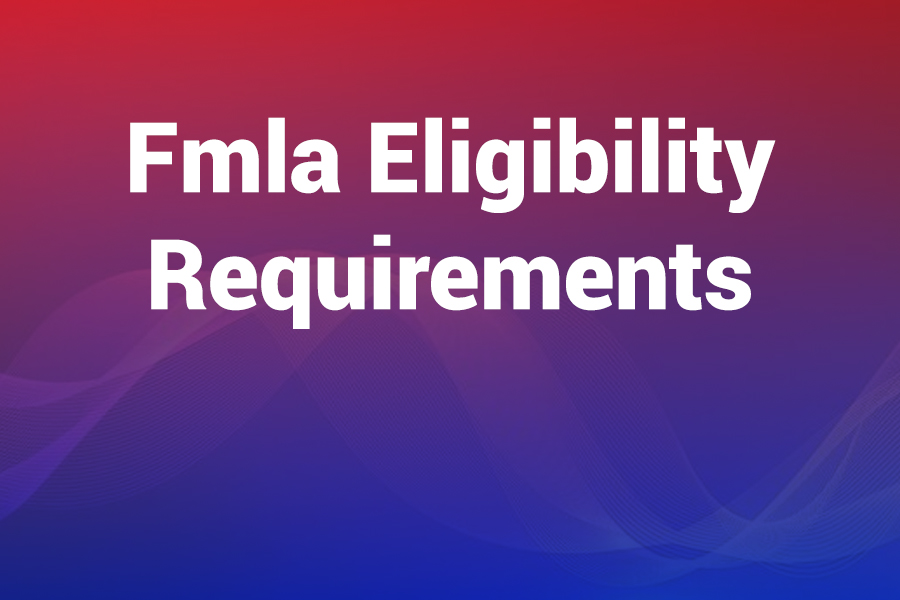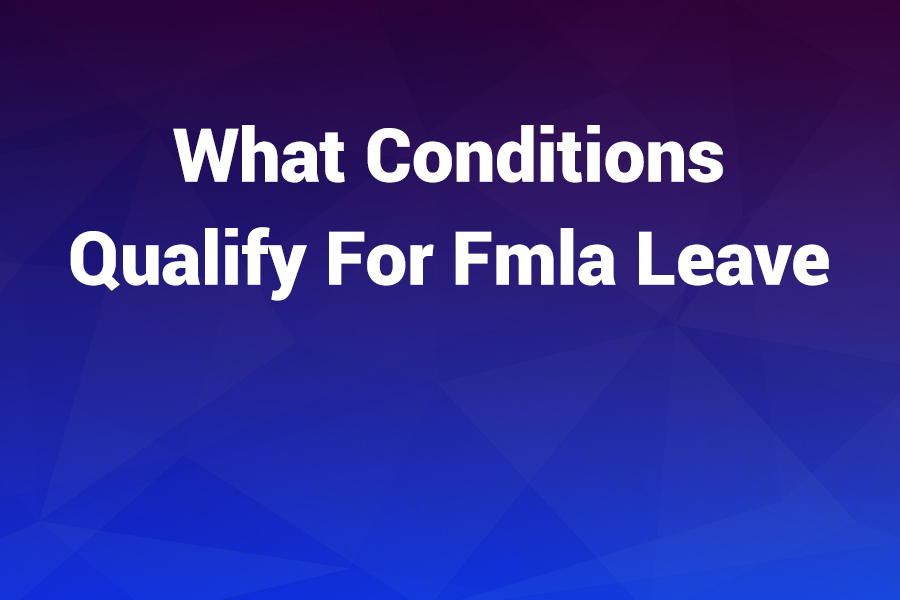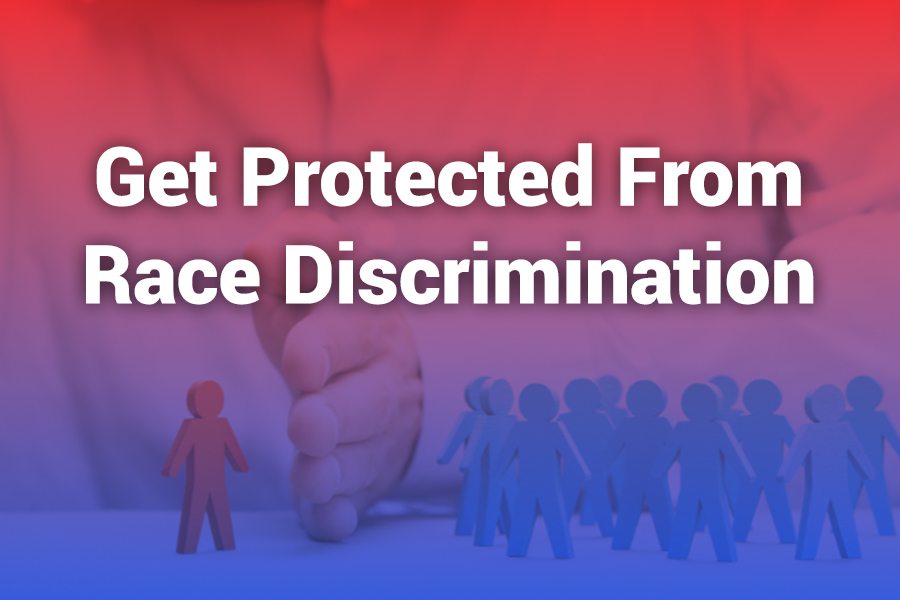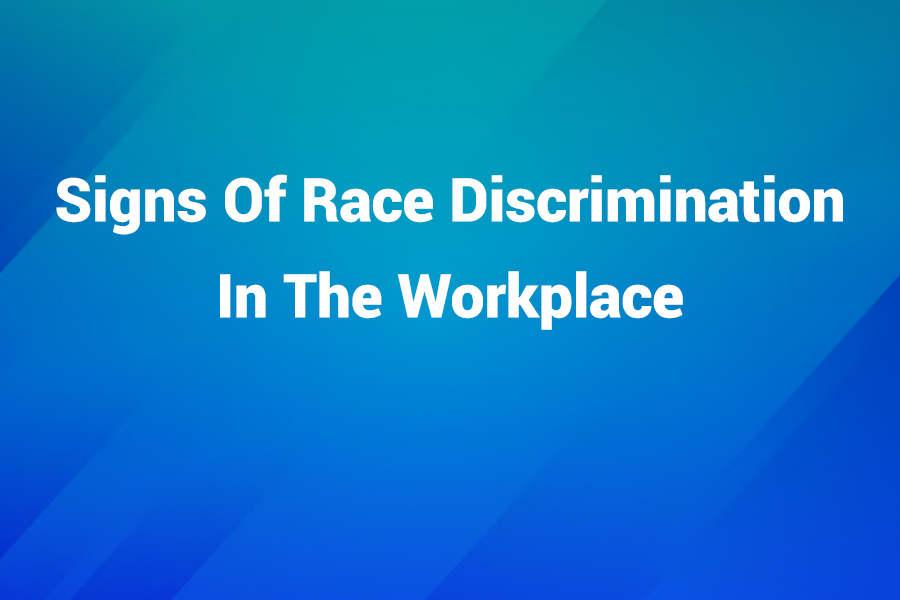Estimate your potential personal injury settlement amount
Economic Damages
Non-Economic Damages
Jurisdiction & Negligence
Understanding Personal Injury Settlements
A comprehensive guide to maximizing your compensation
Economic Damages
Economic damages represent the tangible financial losses you've experienced due to your injury. These include medical expenses (past and future), lost wages, property damage, and other quantifiable costs directly related to your injury.
Non-Economic Damages
Non-economic damages compensate for intangible losses such as pain and suffering, emotional distress, loss of enjoyment of life, and loss of consortium. These damages are typically calculated using either the multiplier method or the per diem method.
Comparative Negligence
Many states follow comparative negligence rules, which reduce your compensation based on your percentage of fault. Understanding how your state handles shared fault is crucial for estimating your potential settlement accurately.
Settlement Timeline
Understanding the typical timeline for personal injury settlements can help set realistic expectations. Most cases resolve within 3-12 months, though complex cases may take longer.
Economic Damages Explained
Economic damages are the foundation of any personal injury settlement. These damages represent the actual financial losses you've incurred as a result of your injury. They are typically well-documented and can be proven with bills, receipts, and other financial records.
Types of Economic Damages
Medical Expenses
Includes emergency room visits, hospital stays, surgeries, medications, physical therapy, and future medical care related to your injury.
Lost Wages
Compensation for time missed from work, including salary, bonuses, commissions, and other benefits you would have earned.
Loss of Earning Capacity
If your injuries affect your ability to earn income in the future, you may be entitled to compensation for diminished earning capacity.
Property Damage
Costs to repair or replace personal property damaged in the incident, such as vehicles, electronics, or clothing.
Economic damages are the backbone of your settlement. They provide a concrete foundation upon which your entire case is built. Meticulous documentation of every expense is crucial for maximizing your recovery.
— Legal ExpertsDocumenting Economic Damages
To ensure you receive full compensation for your economic damages, it's essential to maintain thorough documentation of all expenses related to your injury:
- Keep all medical bills, receipts, and invoices
- Document all prescription and over-the-counter medication costs
- Track mileage for travel to and from medical appointments
- Save pay stubs showing lost wages and time missed from work
- Obtain written statements from employers regarding missed work
- Keep receipts for property repairs or replacement
- Document any modifications to your home or vehicle necessitated by your injury
Non-Economic Damages Explained
Non-economic damages compensate for the intangible losses that don't have a specific dollar value but significantly impact your quality of life. These damages are more subjective and can vary widely depending on the circumstances of your case.
The Multiplier Method
The multiplier method is the most common approach for calculating non-economic damages. It works by multiplying your economic damages (primarily medical expenses) by a factor between 1.5 and 5, depending on the severity of your injuries:
| Multiplier | Injury Severity | Description |
|---|---|---|
| 1.5x | Minor | Temporary injuries with full recovery expected |
| 2x | Moderate | Injuries requiring extended recovery time |
| 3x | Serious | Injuries with some permanent effects |
| 4x | Severe | Injuries with significant permanent effects |
| 5x | Catastrophic | Life-altering injuries with profound impacts |
The Per Diem Method
The per diem (Latin for "per day") method assigns a daily dollar amount to your pain and suffering, then multiplies it by the number of days you experienced or are expected to experience pain. This method is often used when injuries have a clear recovery timeline.
Example Calculation
If you assign $100 per day for pain and suffering and your recovery takes 90 days:
This amount would represent your non-economic damages.
Types of Non-Economic Damages
- Pain and Suffering: Physical pain and discomfort resulting from your injuries
- Emotional Distress: Psychological impact such as anxiety, depression, or PTSD
- Loss of Enjoyment: Inability to participate in hobbies or activities you once enjoyed
- Loss of Consortium: Impact on relationships with spouse or family members
- Disfigurement: Permanent scarring or physical alterations
- Loss of Quality of Life: Overall diminishment in your ability to enjoy life
Comparative Negligence Laws
Comparative negligence laws determine how fault is allocated in an accident and how it affects your compensation. These laws vary by state and can significantly impact your settlement amount.
State Negligence Systems
| Negligence System | How It Works | States (Examples) |
|---|---|---|
|
Pure Comparative Negligence
|
You can recover damages even if you're 99% at fault, but your recovery is reduced by your percentage of fault. | California, New York, Florida |
|
Modified Comparative Negligence (50% Bar)
|
You can recover damages if you're 50% or less at fault, reduced by your percentage of fault. | Colorado, Wisconsin, Oklahoma |
|
Modified Comparative Negligence (51% Bar)
|
You can recover damages if you're less than 51% at fault, reduced by your percentage of fault. | Texas, Illinois, Oregon |
|
Contributory Negligence
|
You cannot recover any damages if you're even 1% at fault. | Alabama, Maryland, Virginia |
Steps to Maximize Your Settlement
Seek Immediate Medical Attention
Get medical care promptly after an injury and follow all treatment recommendations. This creates a clear link between the accident and your injuries and demonstrates that you took your health seriously.
Document Everything
Keep detailed records of all medical treatments, expenses, lost wages, and how the injury affects your daily life. Photos of injuries and accident scenes are valuable evidence that can significantly strengthen your claim.
Avoid Early Settlement Offers
Insurance companies often make quick, low offers before you understand the full extent of your injuries. Wait until you reach maximum medical improvement to ensure all your damages are accounted for in your settlement.
Limit Social Media Activity
Insurance companies monitor social media for evidence that contradicts your injury claims. Consider pausing your accounts during your case or being extremely cautious about what you post and who can view it.
Hire an Experienced Attorney
Personal injury attorneys understand how to value claims properly and negotiate effectively with insurance companies to maximize your settlement. Their expertise can often increase your compensation significantly.
Get Professional Legal Advice
While our calculator provides a useful estimate, every case is unique. Consult with an experienced personal injury attorney for a personalized assessment of your claim.







